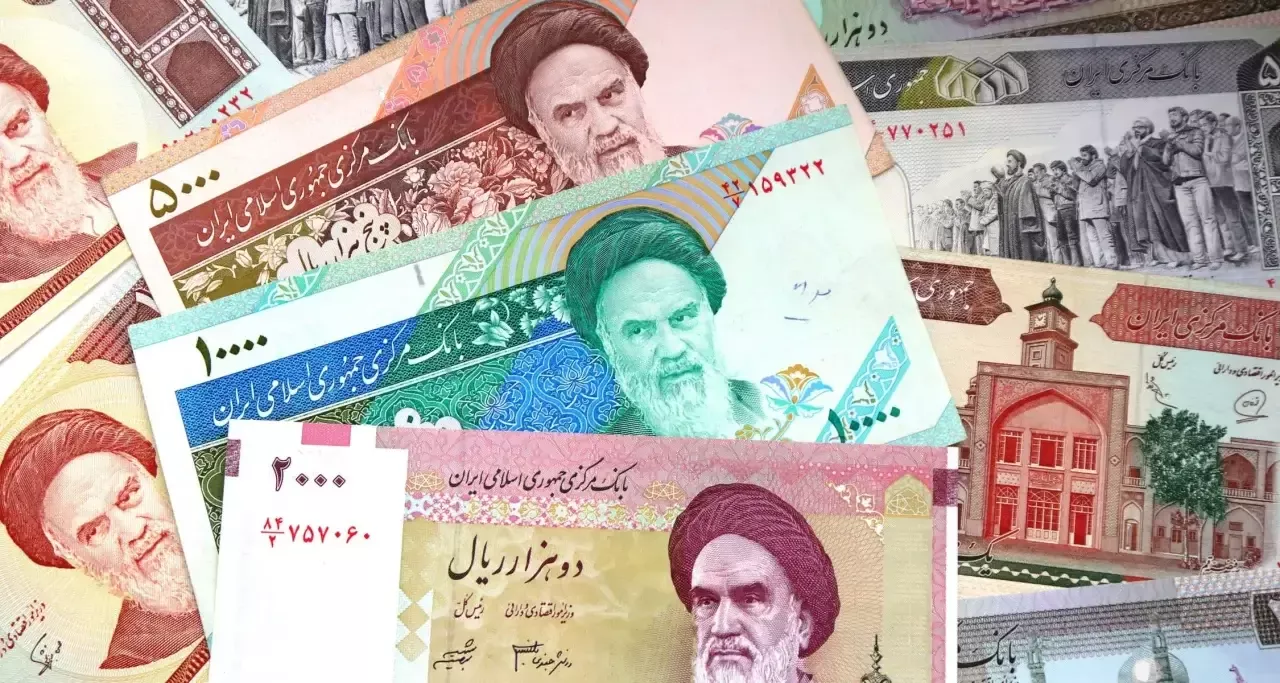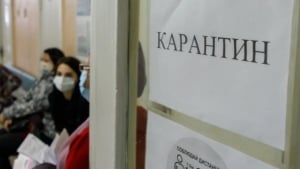
Significant changes are expected in the national currency of Iran. This was reported by Zamin.uz.
In order to eliminate the complexities in the country's financial system, simplify calculations, and make the economic system more efficient, the government is initiating a currency reform. According to a report by the Financial Times, the economic committee of the Iranian parliament has approved the main provisions of a new draft law, supporting the initiative to remove four zeros from the national currency — the rial, while retaining it.
According to this reform, one new rial will be equivalent to 10,000 old rials. This change will not only help reduce the costs of producing paper money but will also significantly ease economic calculations.
By introducing the new currency unit, the public's trust in money will be strengthened, and price stability will be ensured. Additionally, new small coins — girons will be introduced into circulation.
One new rial will be divided into 100 girons, which will create conveniences in the retail sector. Five years ago, the Iranian parliament also raised the issue of changing the national currency, proposing to replace the rial with the term "tuman."
At that time, one tuman was set to be equal to 10,000 rials, but this initiative was not fully implemented in practice. If the new plan is adopted, a new era may begin in the Iranian economy.
Especially for countries facing high inflation, such denomination practices have proven effective in international experience. Currently, discussions on this draft law are ongoing in parliament.
Once the decision is approved, significant changes will occur in Iran's monetary policy. This is expected to positively impact the country's financial stability and international economic relations.







